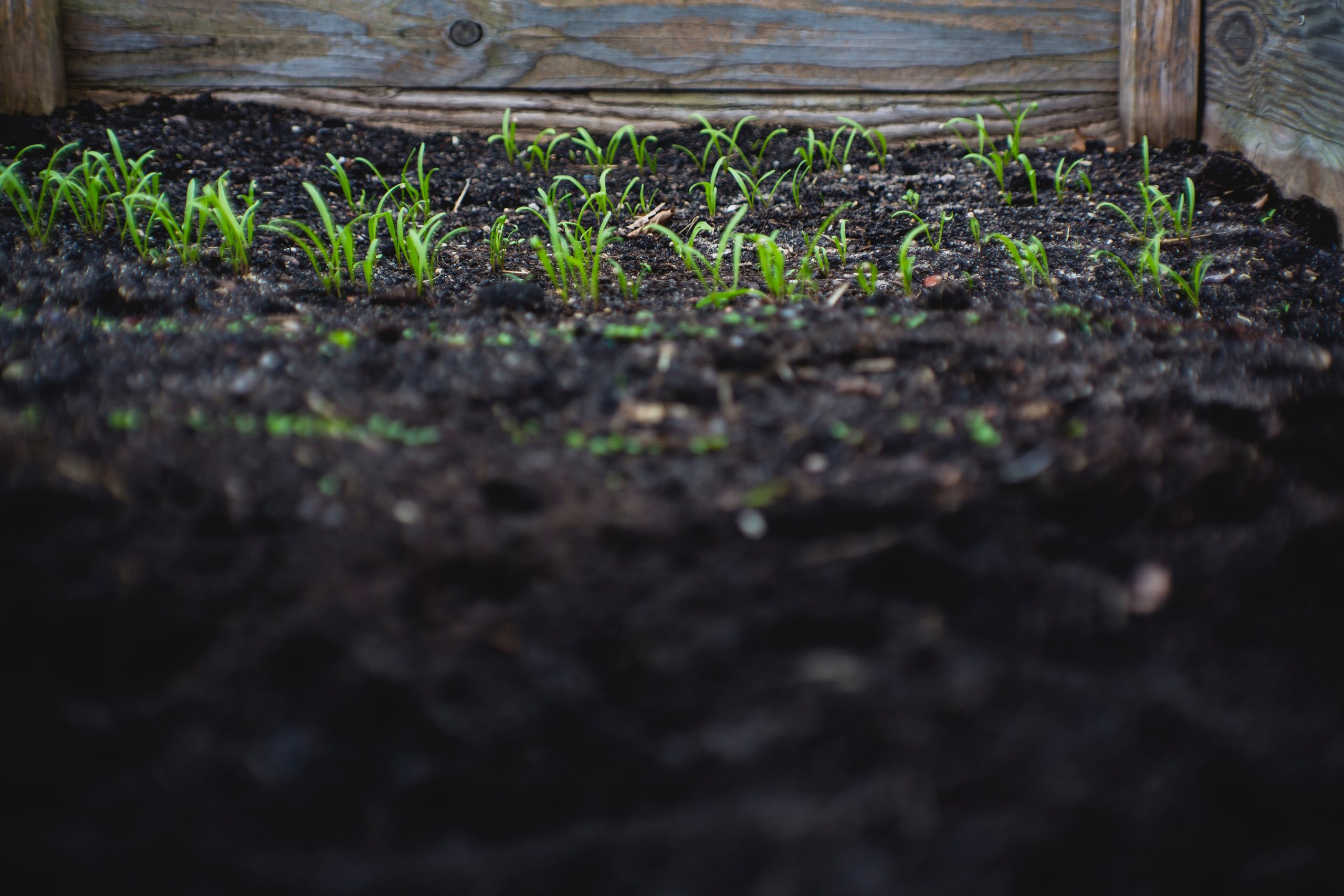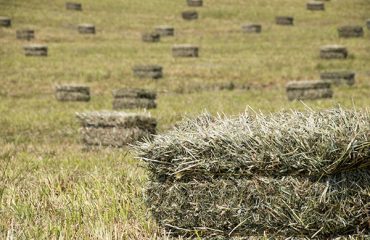Sustainability in Agriculture is one of the big topics of the past few years. There are many definitions. However, all definitions include maintaining successful production agriculture for the present and the future. All must start with and involve healthy soils. Defining healthy soils is possibly the easy part.
A recent Successful Farming article included “10 Traits of Healthy Soil” developed by Cornell University.
They include:
Soil Tilth: It is crumbly, dark, and well-aggregated.
Sufficient Depth: Roots are able to dig deep to find water and nutrients.
Sufficient, but not excessive, supply of nutrients: Soil has balanced nutrient content for optimal plant growth and balanced nutrient cycling.
Good water storage and drainage: It’s able to take in and store more water in medium and small pores, and also drain water from large pores.
Small population of plant pathogen and insect pests: Healthy plants can better defend themselves against a variety of pests.
Large population of beneficial organisms: These help with cycling nutrients, decomposing organic matter; and they are the base for soil structure.
Low weed pressure: Weeds compete for water and nutrients.
Absence of chemicals and toxins: Stable organic matter and diverse microbial activities limit the plant’s ability to take up these toxins.
Resistant to degradation: Healthy soils can withstand environmental and pest challenges.
Resilience: Soil will rebound more quickly after negative events.
USDA defines healthy soil as: “Soil health, also referred to as soil quality, is defined as the continued capacity of soil to function as a vital living ecosystem that sustains plants, animals, and humans.”
And further explained as: “Soil is an ecosystem that can be managed to provide nutrients for plant growth, absorb and hold rainwater for use during dryer periods, filter and buffer potential pollutants from leaving our fields, serve as a firm foundation for agricultural activities, and provide habitat for soil microbes to flourish and diversify to keep the ecosystem running smoothly.”
Some of the 10 traits we know can be altered and improved. For instance, we know we can install both surface and subsurface drainage. Healthy soils should contain 25% air. Therefore, with drainage, water will drain from the large pores of the soil to allow oxygen to remain and beneficial organisms to live and thrive.
We know that tillage plays a large role in maintaining good soil aggregation which leads to good root penetration. Compaction must be minimized, and in many cases reduced tillage creates and/or allows more aggregation. We also know that weed and insect pressure must be minimized. Every successful operation is constantly battling these pests, and we know if we minimize them this year, we will reduce the pressures in the future.
Many operations have addressed these “known” solutions toward building a healthy soil. These steps are all pieces of sound crop management. But, this has only addressed possibly half of the “10 Traits”. How do we address the other traits? Are we addressing the soils as a living ecosytem? Biologicals are a major topic recently.
AgWeb Editors recently summarized U of IL plant physiologist Fred Below’s presentation to the Commodity Classic 2021. Below suggests that biologicals offer opportunity for significant bushel gains from his studies. Biologicals fit into three categories: plant growth regulators, beneficial microbes, and biostimulants. First, Below suggests that biologicals can greatly enhance residue efficacy. “Crop residue is nature’s biological. That’s what feeds the soil, and that’s what leads to soil health, but it has to be managed to achieve its full value.”
Plant growth regulators “can provide stress relief on the root structure and enhance nutrient access to a crop.” Beneficial microbes include three categories: Nitrogen-fixing bacteria, phosphorus-solubiliziing bacteria (PSB), and mycorrhizal fungi (AMF). These work to increase plant-available N, increase available mineral phosphorus, and AMF’s to extend the root system. Enzymes such as phosphatases can be added to increase availability of organic phosphorus bound to organic matter. And humic/fulvic acids help chelate soil cations and feed microbes, and stimulate root zones.
Cover crops have proven to be beneficial to improved soil health in many studies. Providing plant and root growth between crops potentially allows additional food for the beneficial organisms as well as improves soil aggregation and drainage. Conventional cropping operations utilize various pesticides. Are these pesticides becoming toxins for the soil microorganisms?
Certified organic operations have eliminated the use of pesticides. Has this approach improved the living ecosystem of the soil? In summary, there are still many questions to be answered regarding healthy soils. Studies are now focusing on the soils being a living ecosystem that can be improved with additives such as biologicals, cover crops and organic fertilizers and composts. Producers that are willing and able to adopt these new ideas will benefit by being on the forefront of the sustainable ag movement.
Source: AgWeb Editors, Successful Farming, Fred Below presentation





